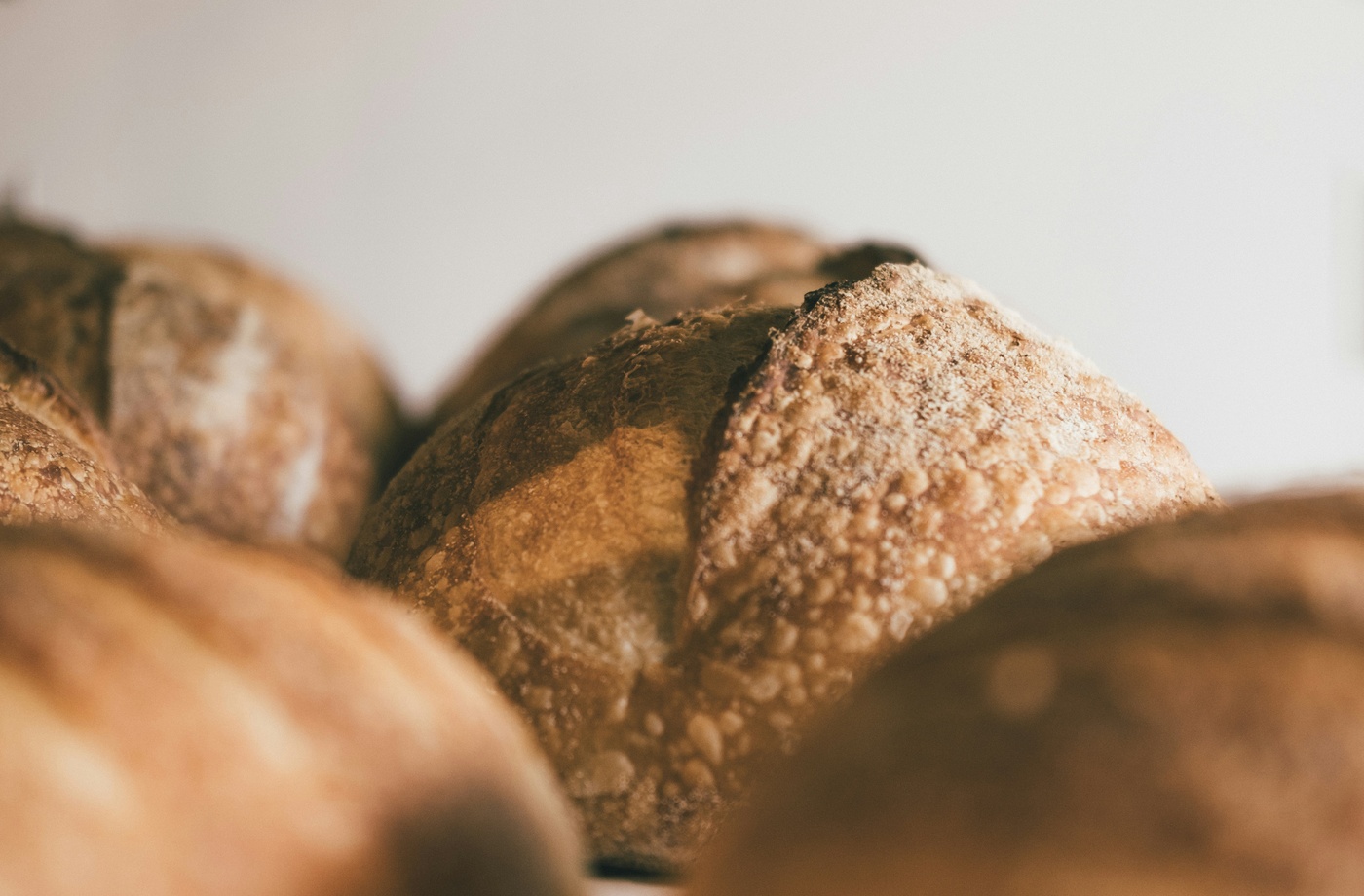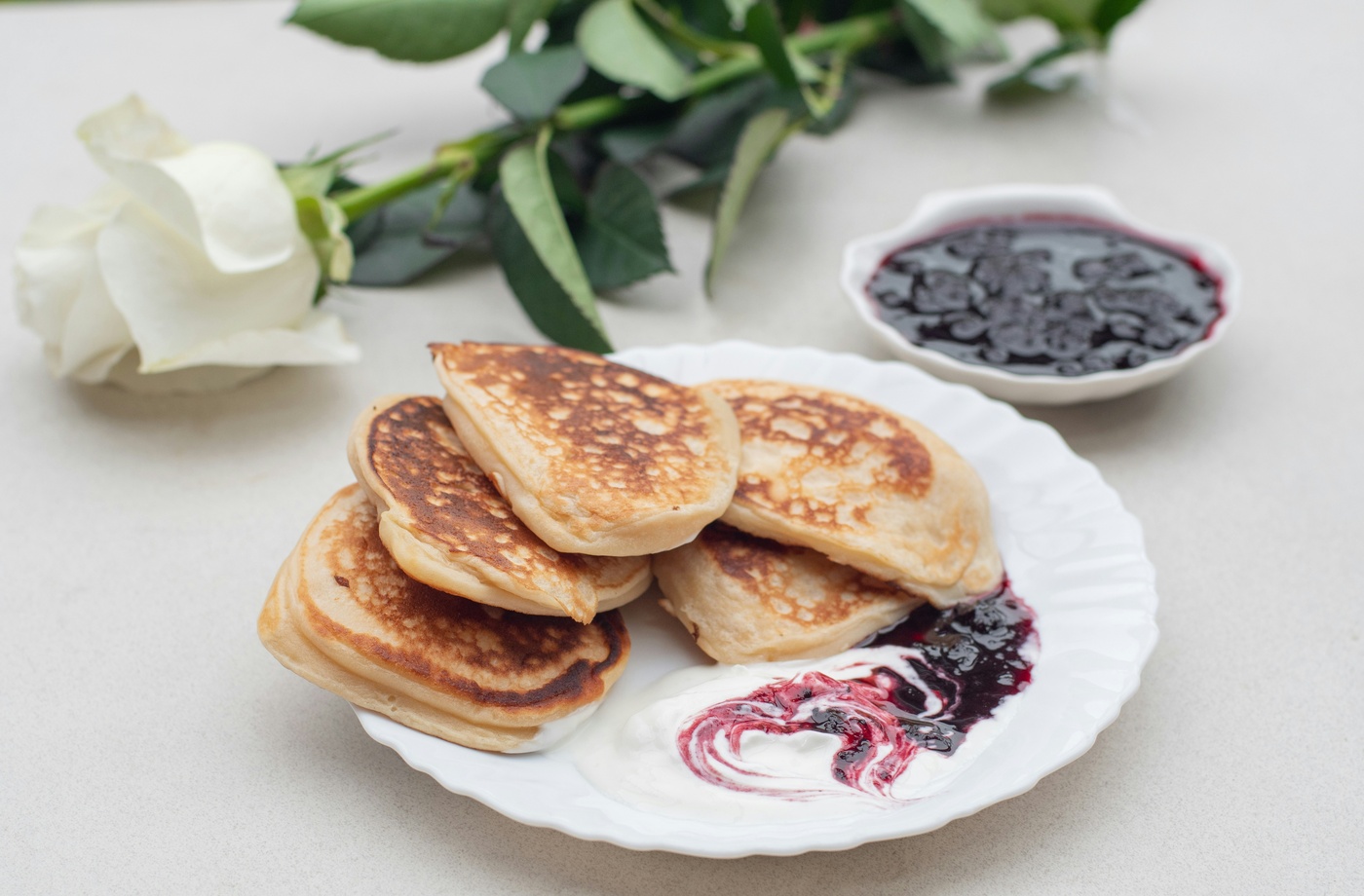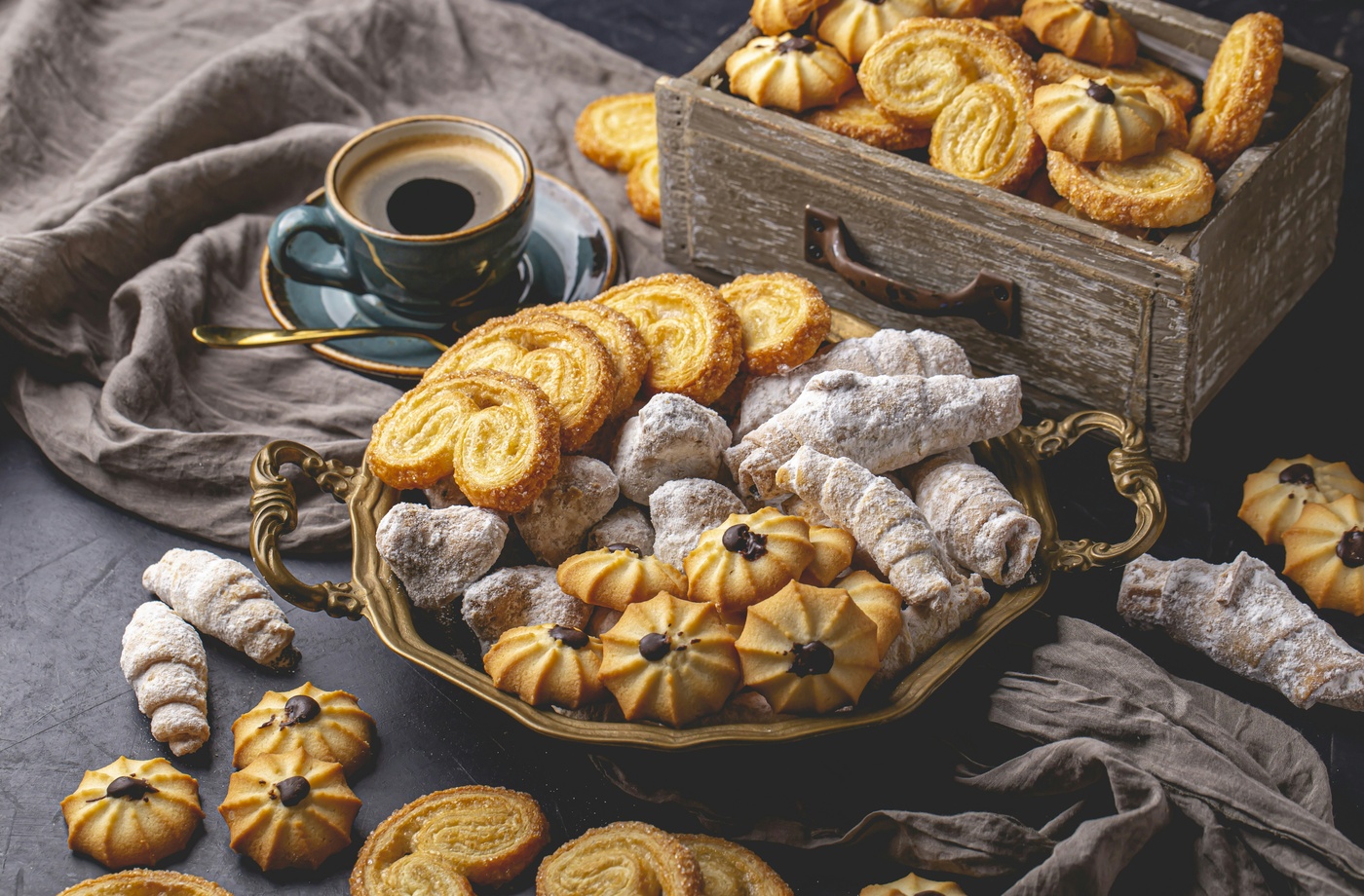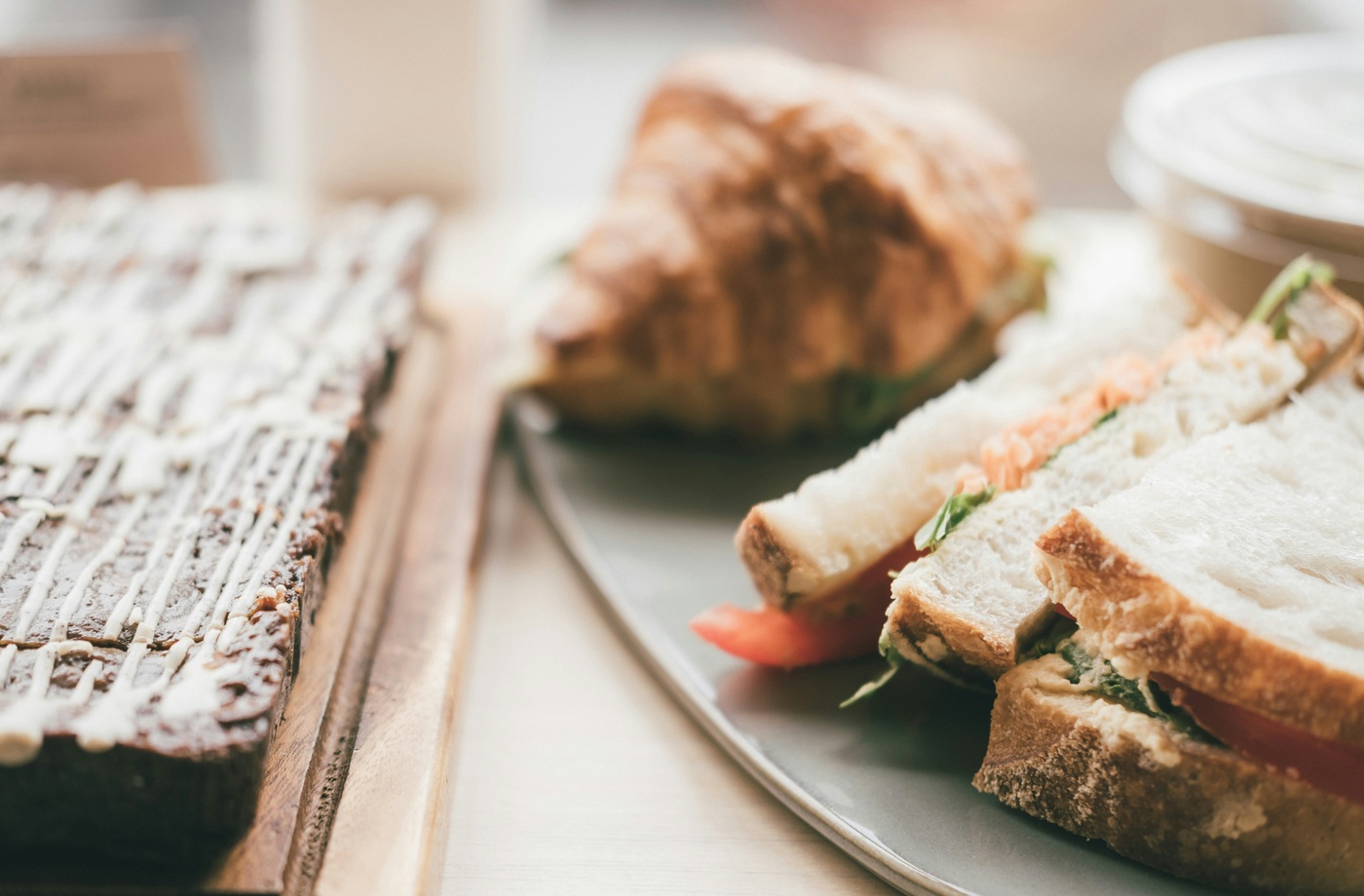There’s something universally comforting about baked goods that feel like they came from a grandmother’s kitchen. Whether it’s a perfectly golden pie crust or soft molasses cookies with crackled tops, grandmother-style baking is less about precision and more about feel, flavor, and family. It’s rustic, generous, and filled with heart.
If you didn’t grow up learning side-by-side with a grandparent—or you’re simply looking to bring more warmth and intention into your bakes—here’s how to channel the timeless charm of old-fashioned baking.
Use Your Hands, Not Just Your Mixer
Grandmothers didn’t have stand mixers with dough hooks or endless drawers of silicone tools. They kneaded dough by hand, rubbed butter into flour with their fingertips, and stirred cake batters with wooden spoons. Embrace the tactile side of baking—it connects you more deeply to the process and helps you learn the right texture and consistency by feel. For old-school guidance, King Arthur Baking’s Essentials offer step-by-step tutorials for traditional methods.
Start with Staple Recipes
Think: pie crusts, biscuits, pound cake, sugar cookies, cornbread, and spice cake. These were go-to recipes because they relied on pantry basics and could be adapted depending on the season or occasion. You can find authentic versions in classic cookbooks or online collections like Taste of Home’s Vintage Recipes.
Bake in Cast Iron, Stoneware, and Tin
Skip the nonstick everything. Traditional bakeware—like well-seasoned cast iron skillets, ceramic pie dishes, and metal loaf pans—conducts heat better and adds a nostalgic touch. Many heirloom-quality pieces still outperform modern tools. For affordable upgrades, you can buy a Sur La Table gift card online and invest in durable, long-lasting bakeware.
Trust Your Senses
Old-school bakers didn’t use timers or thermometers as religiously as we do today. They baked until the kitchen smelled right, or the top of the cake “sprang back when touched.” Learn to rely on scent, sound, and sight. Crackling crusts, bubbling edges, and golden browning are all signs that your bake is ready.
Pass Along Your Own Traditions
You don’t have to be a grandmother to bake like one. Start a new ritual—Sunday scones, birthday pies, or handwritten recipe cards shared with family and friends. These acts of care are what transform baking from routine to legacy.
Bake on a Budget, the Traditional Way
Grandmothers were frugal bakers. They knew how to make magic from what was on hand. If you’re stocking up your pantry, earn cashback at Kroger with a Fluz gift card or get a Whole Foods gift card with cashback to cut costs while sticking with quality staples like butter, flour, and spices.
Conclusion
To bake like a grandmother is to bake with patience, presence, and purpose. You don’t need a century-old recipe or a family pie dish to channel that spirit—you just need the willingness to slow down, savor the process, and share what you’ve made.



